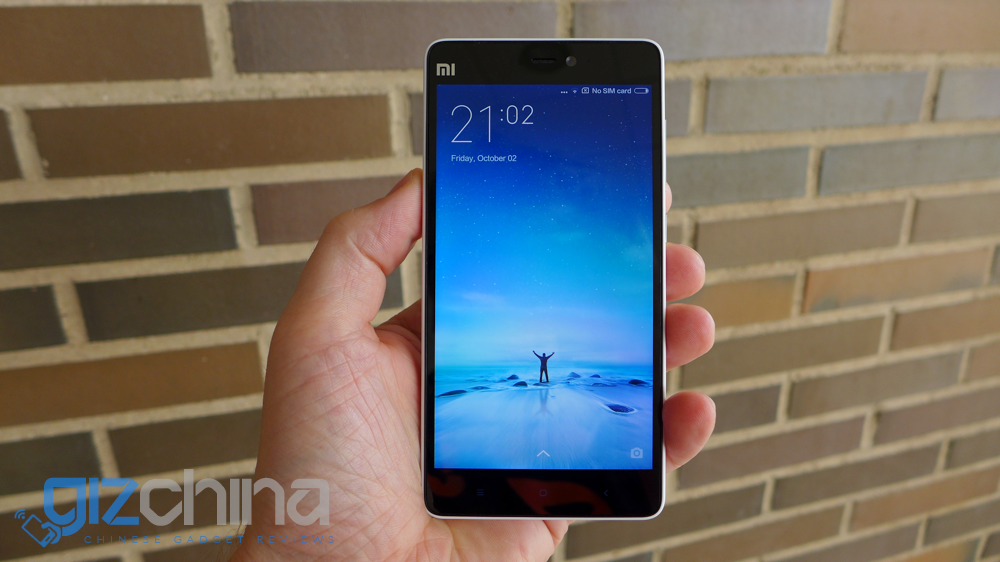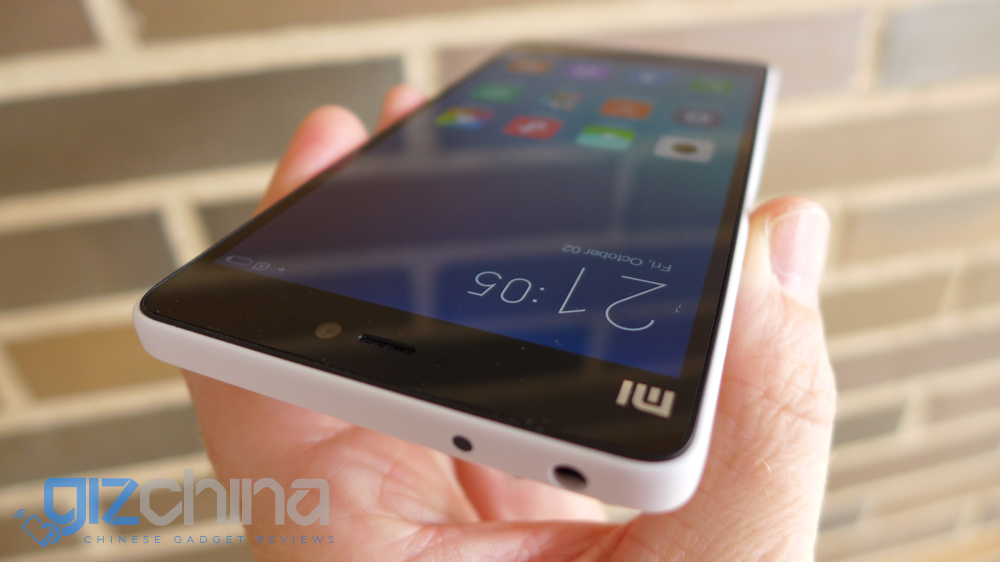Apple are often the first to adopt a new technology they see potential in, but China’s ZTE and Huawei just beat the US phone maker with Force Touch on their phones before the iPhone 6s came out.
Nonetheless, now that we’re done discussing the ‘race’ aspect of the technology, let’s talk about something more serious. One, the efficacy of the entire force touch/pressure sensitive touchscreen thing, and two, if it should be implemented across more smartphone segments than just very high-end.
If you’ve used the iPhone 6s, you will certainly have appreciated the 3D Touch implementation. For once, the marketing term — 3D Touch — actually makes sense also, because it gives the touchscreen a third dimension of depth, besides latitude and longitude. Therefore, as far as I’m concerned, there’s definitely a market for Android devices with pressure sensitive displays.

The Xiaomi Mi 4c features SideTouch
News from China is that much-loved smartphone maker Xiaomi might soon take up Force Touch for its phones. If you’ve read the Xiaomi Mi 4c review, you’ll have come across the part that discuss the SideTouch technology present on the phone. That is made possible only because of the Synaptics ClearPad S3708 controller… which incidentally also supports ForceTouch displays.
Xiaomi have shown intent with phones from the Mi series, which have often been cutting edge (with respect to the internals they use), and thus, it won’t be a surprise if the next Mi series phone (the long-due Mi 5?) comes with a Force Touch display.
Xiaomi are a master with software (they in fact call themselves a software company), and you can certainly expect some intuitive Force Touch implementation via MIUI if that does ever happen.
Follow Gizchina.com on Google News for news and updates in the technology sector.






Hmm, sounds interesting if you ask me. If they can make it in a way that it really enhances the way you use a phone instead of just corner pressure like on Huawei.
Synaptics force-sensing solution is aimed at high and midrange and others touch controllers will push the feature too. So it’s pointless to speculate about Xiaomi when lots of phones will be using it.
How the software uses it is another matter. Apple did very very little to actually use it in good ways.
I think it could help a little at the end of the day but i don’t think it’s something of a game changer or anything.
Long press does the same and mostly will give the same results as a 3D touch thing.
The difference will come from sub-menus that pop out of that touch or that long press made possible by… wait for it… wait for it: BAM!!! GOOGLE.
those are my 2 grains of salt. feel fre to bash me and stuff
I can’t wait to see how its going to be implanted in games. I think thats the future.
Yeah this doesn’t really excite me one bit… I can just think of problems like when is it a soft touch, when not and so on … I prefer long and short touch and this works good enough for me.
Hmm, sounds interesting if you ask me. If they can make it in a way that it really enhances the way you use a phone instead of just corner pressure like on Huawei.
Synaptics force-sensing solution is aimed at high and midrange and others touch controllers will push the feature too. So it’s pointless to speculate about Xiaomi when lots of phones will be using it.
How the software uses it is another matter. Apple did very very little to actually use it in good ways.
I think it could help a little at the end of the day but i don’t think it’s something of a game changer or anything.
Long press does the same and mostly will give the same results as a 3D touch thing.
The difference will come from sub-menus that pop out of that touch or that long press made possible by… wait for it… wait for it: BAM!!! GOOGLE.
those are my 2 grains of salt. feel fre to bash me and stuff
Yeah this doesn’t really excite me one bit… I can just think of problems like when is it a soft touch, when not and so on … I prefer long and short touch and this works good enough for me.
MIUI v7.1 with ForceTouch feature running on KitKat. No thanks.
MIUI v7.1 with ForceTouch feature running on KitKat. No thanks.